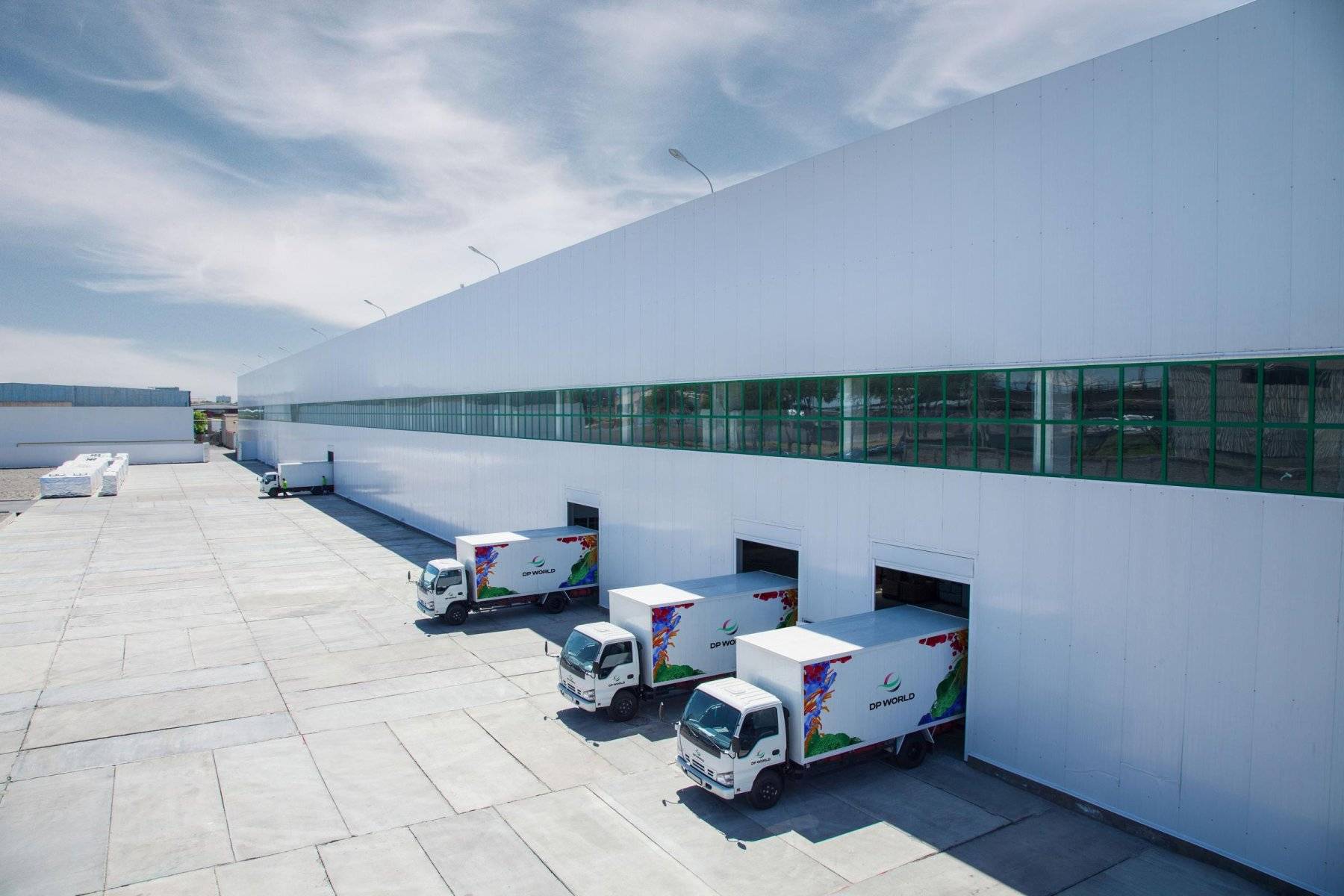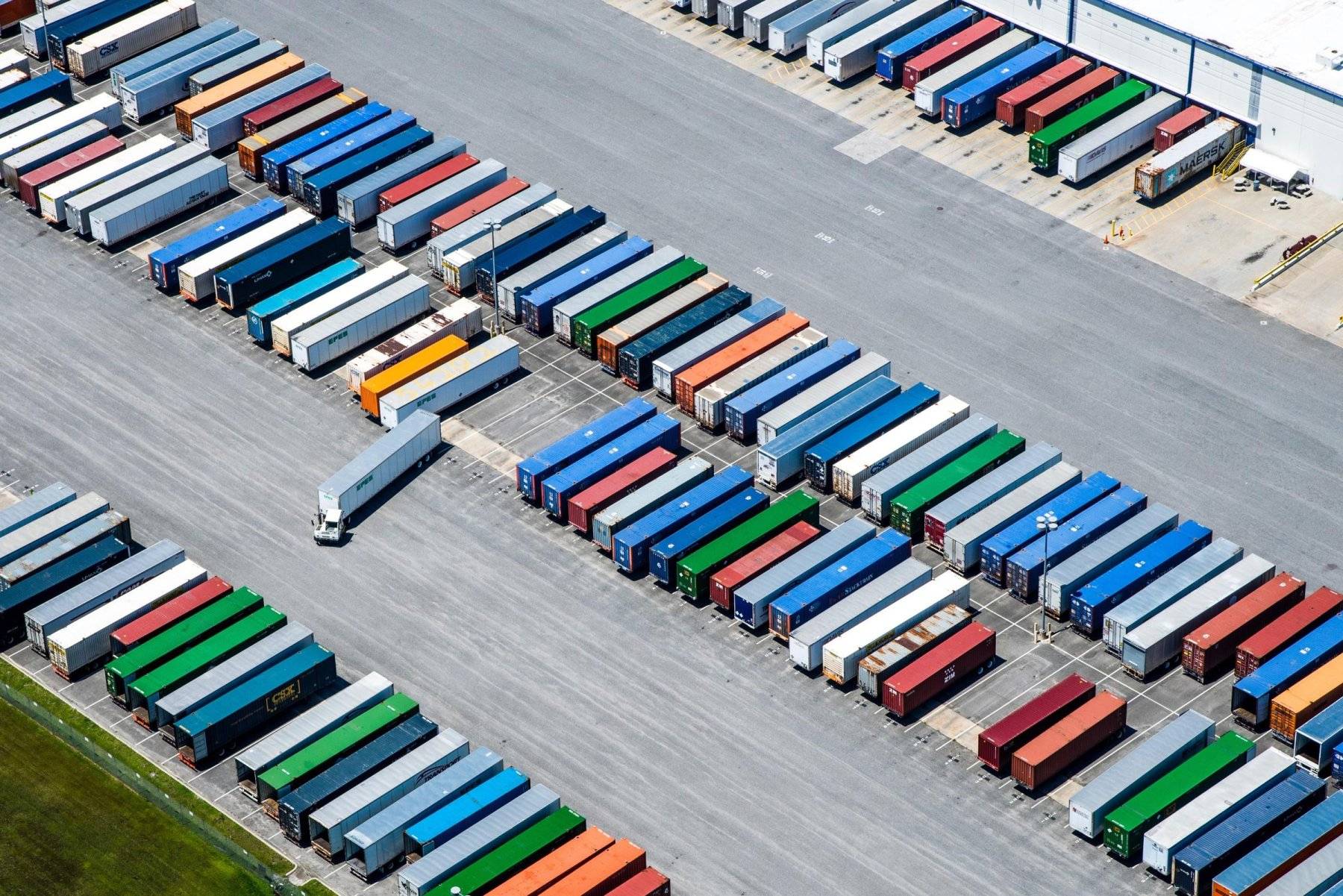The trucking industry is a key player in the global commerce landscape. Without a functional and efficient freight system, the transportation of local and international goods would be virtually impossible, and the supply chain would grind to a halt.
But just like every industry, the trucking industry faces unique internal and external challenges, all of which must be dealt with effectively to maintain control and ensure drivers and other road users reach their destinations without incident.
From managing trucker safety to meeting changeable sustainability targets, navigating the functionality of such a crucial industry presents many challenges. Fortunately, there are just as many solutions for trucking safety as challenges on the horizon. Read on to find out more.
Challenge 1: Driver Shortage
The truck driver shortage continues to plague the industry globally. A 2023 IRU report revealed that over three million truck jobs remain unfilled, and this number is growing.
An aging workforce, frequent road accidents, increasingly demanding work requirements, insufficient pay, and a lack of training are just some of the reasons behind this shrinking workforce. Driving a truck is no longer an appealing employment opportunity, as trucking safety doesn’t always seem adequate, and new recruits are scarce.
The solution: more comprehensive onboarding and higher pay
Freight companies need to improve their onboarding programs and offer more appealing employment packages to attract more truckers.
The latter can include various benefits, including retirement programs, higher pay, employee perks, an emphasis on work-life balance, and more robust recruitment programs.

Appealing to younger generations will be crucial to solving the current driver shortage. Developing programs that specifically speak to Millennial and older Gen Z needs will help grow this sector's workforce and form a new wave of drivers who focus on trucking safety as much as productivity and targets.
Challenge 2: Technology Adaptation and Integration
Technology has evolved rapidly over the past few years, and industries worldwide are struggling to keep up with its relentless pace. The freight industry is no different.
GPS tracking, automated check-ins, telematics, blockchain, and telecommunications are just some of the technological advancements that have settled over international systems, such as the logistics industry, and businesses, both big and small, are struggling to keep up with the demand for constant change.
The solution: predictive analytics and digital training
The only way to solve this problem is to embrace technological innovation. Freight companies must adapt to changing times by providing their truckers with the training and resources they need to utilize these highly efficient systems for safer, more productive time on the road.
Using predictive analytics and better transport communication services are two major ways that companies in this industry are adapting to technological integration. However, in order to keep up with the changes, the adaptation, and focus on trucking safety must be continuous.
Challenge 3: Meeting Sustainability Requirements
Environmental responsibility is no longer considered a superfluous add-on for investors and corporate partnerships. It is a non-negotiable requirement for businesses to meet certain sustainability requirements, especially when they work in industries renowned for high carbon footprints, like the logistics sector.
It’s an ongoing challenge for freight companies to keep greenhouse gas emissions down and commit to reaching sustainability targets year-on-year. However, doing so is critical for survival in this industry.
The solution: using low-emission vehicles and continuous sustainability reports
Fortunately, the options for low-emission vehicles are becoming more expansive, giving truckers the opportunity to drive vehicles that are more compliant with current and changing sustainability requirements. Working with environmental consultants can also help corporate bodies understand what needs to happen to meet specific sustainability targets.

Challenge 4: Inadequate Infrastructure
Road network challenges can make traveling long distances under strict schedules difficult, especially for international freight companies. The demand for same-day deliveries or quick turn-around times puts enormous pressure on truck drivers and logistics teams, and inadequate infrastructure is generally not something that stakeholders in the industry have control over.
Poor road conditions, frequent construction, potholes, and limited parking and rest stop options all slow down drivers and pose more threats to trucking safety.
The solution: implement communication solutions and educate drivers
Unfortunately, there’s not much to be done about the state of global infrastructure. However, freight companies can improve their communication strategies internally and equip truck drivers to cope better or even anticipate any unexpected issues as they arise.
Educating drivers on how to deal with common infrastructure challenges can help them make better decisions while on the road and avoid pathways that lead to unnecessary problems. The easier drivers and stakeholders can communicate with one another and access any plan changes, the more support they can provide.
Challenge 5: Surge in E-commerce Demand
The e-commerce industry has always been on the rise. But ever since 2020, consumers’ appetite for home-deliveries has only intensified. This puts an incredible strain on truck drivers and freight systems in general to supply an exponentially growing demand for goods transportation.
The global e-commerce industry's CAGR is projected to reach a whopping 19.66% between 2023 and 2032. While this is good news for manufacturers and sellers, it also means the strain truckers are already under will only get worse over the next decade.
The solution: increased scalability and infrastructure expansion
The rise in demand for e-commerce is both a challenge and a massive opportunity for growth. Once freight companies have the ability to scale their operations to size and expand their services to meet that heightened demand, profits, and company growth can only increase.
By implementing better real-time tracking capabilities, integrating with e-commerce platforms, and optimizing internal systems for long-term scalability, adapting to this profitable, increasingly growing demand can become more manageable.
A Safety-Focused Future
The trucking and freight industry is a cornerstone of the world’s commerce and transportation sectors, and sometimes that comes at a cost, whether for truckers and operators or those affected by trucking accidents on the road.
Ensuring that truck drivers are fully trained, protected, and equipped to handle the challenges of this industry is crucial for maintaining productivity and ensuring everyone stays safe on the road.
By embracing technological evolution, providing better onboarding and trucking safety programs, enhancing scalability, and using more eco-friendly vehicles, truckers and the industry they work in can experience safer and more productive journeys across the world.

